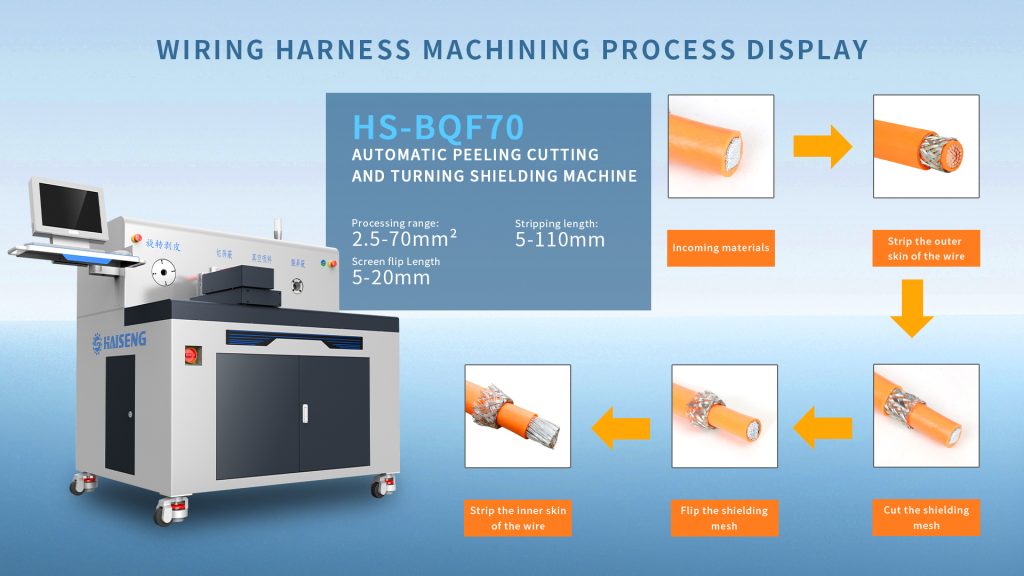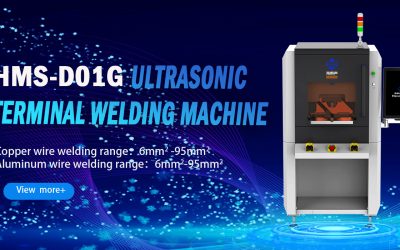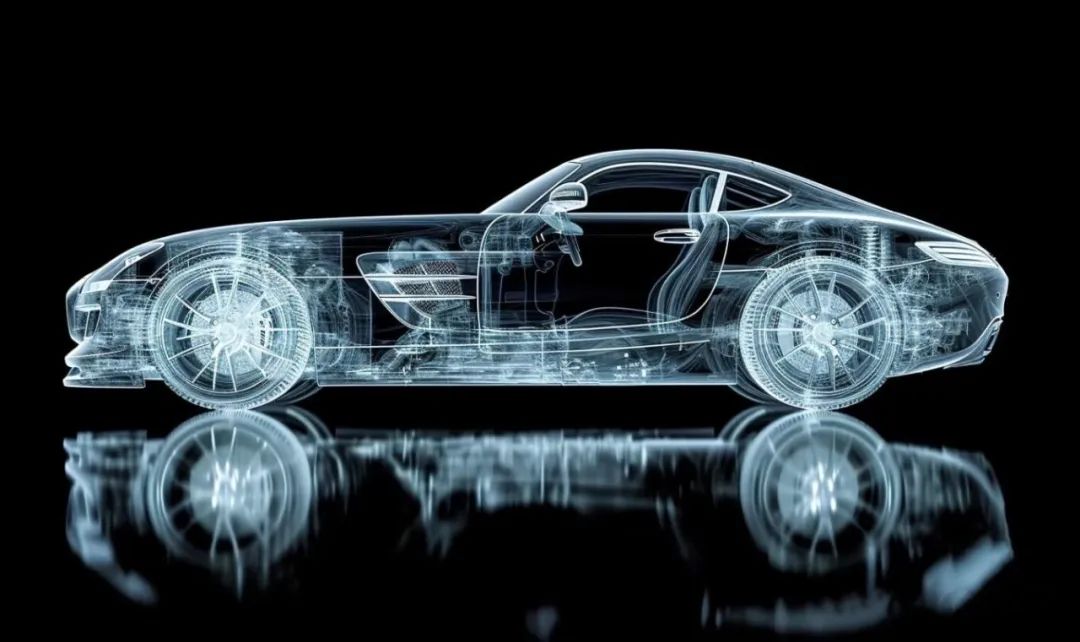
The general working process of the automatic cable stripping, shielding cutting and turning integrated machine is as follows:
### Feeding – Workers or the feeding mechanism place the cables to be processed in the designated positions of the equipment, getting ready for the subsequent processing.
### Clamping and Positioning – The equipment firmly clamps the cables by means of grippers or other clamping devices to ensure that there will be no displacement or shaking during the processing, which might otherwise affect the processing accuracy.
### Stripping – The outer sheath stripping mechanism starts to work. According to the preset parameters and procedures, the cutting tools or stripping devices perform operations such as circumferential cutting or longitudinal cutting on the outer sheath of the cables, removing a certain length of the outer sheath to expose the internal shielding layer and inner sheath.
### Cutting and Turning the Shielding Layer – The shielding layer cutting and turning mechanism then processes the exposed shielding layer. First, it disassembles the braided mesh of the shielding layer from the end. Then, it cuts the shielding layer to an appropriate length as required and turns or arranges the cut shielding layer into a specific shape for subsequent connection with other components or further processing.
### Stripping the Inner Sheath – The inner sheath stripping mechanism subsequently removes the inner sheath of the cables, fully exposing the conductors or core wires inside the cables, thus preparing for subsequent electrical connection and other processes.
### Detection – Some automatic cable stripping, shielding cutting and turning integrated machines are equipped with detection devices such as CCD detection mechanisms to conduct inspections on the processed cables in terms of dimensions, appearance, etc., to ensure that the processing quality meets the requirements. For example, it detects the stripping length, the cutting length and shape of the shielding layer, and whether the inner sheath has been removed cleanly.
### Unloading – The cables that have passed the inspection are automatically collected into the designated hoppers or positions by the unloading mechanism, completing the entire processing flow. Meanwhile, the unqualified products may be marked or sorted out for further processing or adjustment.















0 Comments